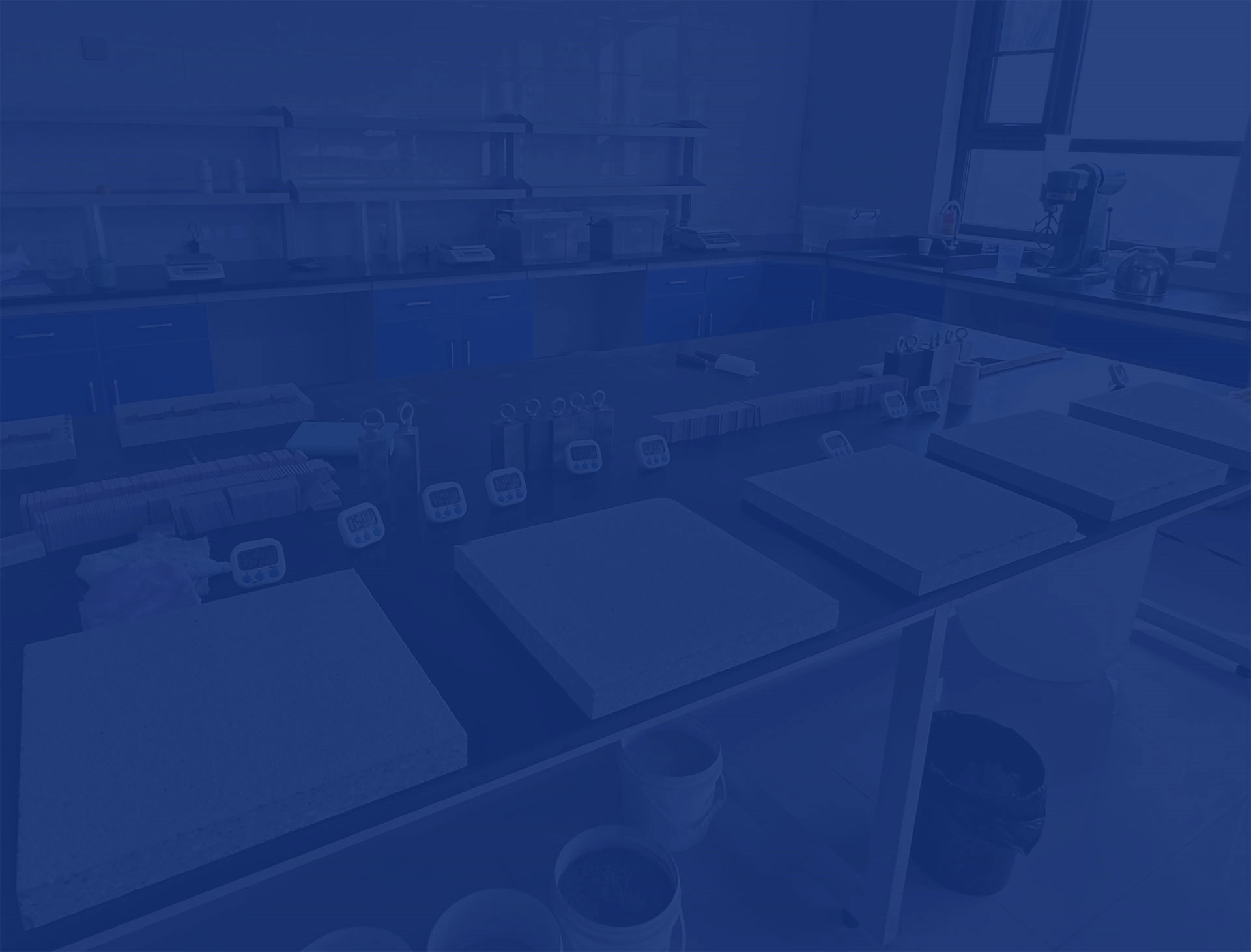
Nov . 22, 2024 13:30 Back to list
what is hpmc made from
What is HPMC Made From?
Hydroxypropyl Methylcellulose (HPMC) is a versatile and widely used cellulose ether that has found applications across various industries, including pharmaceuticals, food, cosmetics, and construction. As a derivative of cellulose, HPMC is created through the chemical modification of natural cellulose, which is obtained from the cell walls of plants, predominantly trees and cotton. Understanding the composition and production process of HPMC provides insight into its functionality and utility.
The Origin of HPMC
The primary raw material for HPMC is cellulose, a natural polymer that constitutes the structural framework of plants. It is composed of linear chains of glucose units connected by β-1,4-glycosidic bonds. Natural sources of cellulose are abundant; however, the cellulose utilized for HPMC production is usually sourced from fast-growing trees and cotton fibers. These sources are chosen due to their high cellulose content and availability.
To create HPMC from cellulose, a multi-step chemical process is involved. Initially, the cellulose is purified to remove impurities and other cell wall components such as lignin and hemicellulose. This is achieved through various methods, including chemical and mechanical treatments, which yield a high-purity cellulose product.
Chemical Modification Process
Once purified, the cellulose undergoes a series of chemical modifications to introduce hydroxypropyl and methyl groups onto the cellulose backbone. The primary processes involved are methylation and hydroxypropylation.
1. Methylation This step involves treating cellulose with methylating agents, typically methyl chloride or dimethyl sulfate, under alkaline conditions. The introduction of methyl groups results in the formation of Methoxy groups (-OCH3) on the cellulose molecules. This modification imparts water solubility to the cellulose, which is a critical feature of HPMC.
what is hpmc made from

2. Hydroxypropylation Following methylation, the cellulose is then treated with propylene oxide, which reacts with the hydroxyl groups present in the cellulose to form hydroxypropyl groups. This step enhances the water retention properties and thermal stability of the resulting HPMC. The ratio of methyl and hydroxypropyl groups can be controlled during synthesis, allowing the production of HPMC with varying solubilities and viscosities, tailored for specific applications.
Physical Properties of HPMC
The degree of substitution (the average number of substituent groups per glucose unit in the cellulose polymer) plays a critical role in defining the properties of HPMC. By adjusting the degree of methylation and hydroxypropylation, manufacturers can produce HPMC with varying characteristics, including viscosity, solubility, and film-forming ability. This customization capability makes HPMC suitable for numerous applications.
In its powdered form, HPMC is white and odorless, dissolving readily in both hot and cold water to produce a clear and viscous solution. Its versatility extends to acting as a thickener, emulsifier, binder, and film-forming agent, making it a popular choice in formulations.
Applications of HPMC
HPMC's unique properties make it invaluable across different industries. In pharmaceuticals, it is widely used as a controlled-release agent in drug formulations, ensuring that active ingredients are released steadily over time. In the food industry, HPMC serves as a food additive, thickening agent, and stabilizer in various products like salad dressings and ice creams. The construction industry utilizes HPMC in cement and plaster formulations, enhancing water retention and workability.
In summary, HPMC is a chemically modified form of cellulose that plays a crucial role in numerous applications due to its versatile properties. From its origins in natural plant fibers to its complex production process involving methylation and hydroxypropylation, HPMC exemplifies the significant advancements in material science. As industries continue to evolve, the demand for such multifunctional compounds will likely increase, highlighting the importance of understanding what HPMC is made from and its wide-ranging benefits.
-
Versatile Hpmc Uses in Different Industries
NewsJun.19,2025
-
Redispersible Powder's Role in Enhancing Durability of Construction Products
NewsJun.19,2025
-
Hydroxyethyl Cellulose Applications Driving Green Industrial Processes
NewsJun.19,2025
-
Exploring Different Redispersible Polymer Powder
NewsJun.19,2025
-
Choosing the Right Mortar Bonding Agent
NewsJun.19,2025
-
Applications and Significance of China Hpmc in Modern Industries
NewsJun.19,2025







